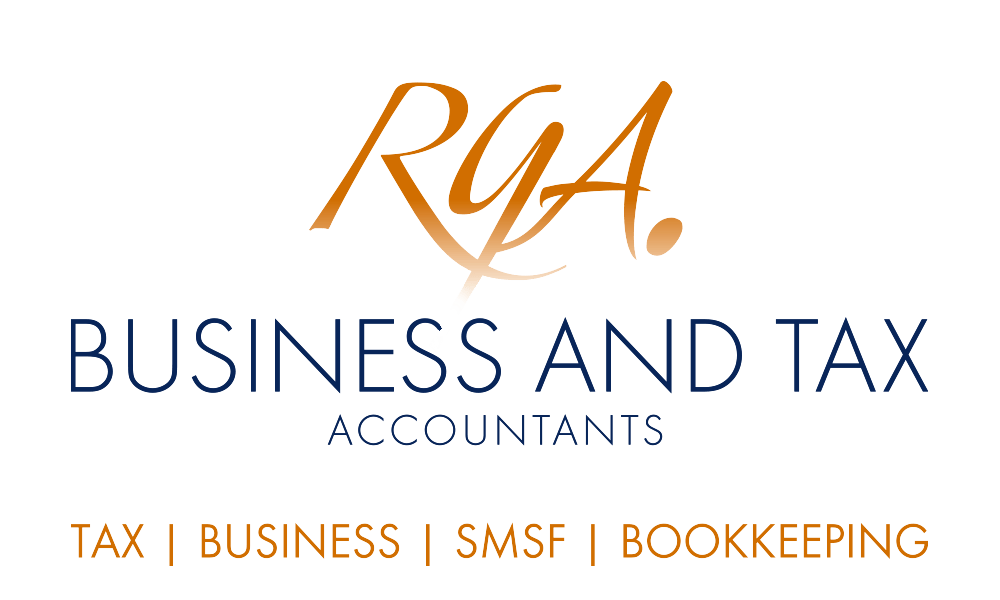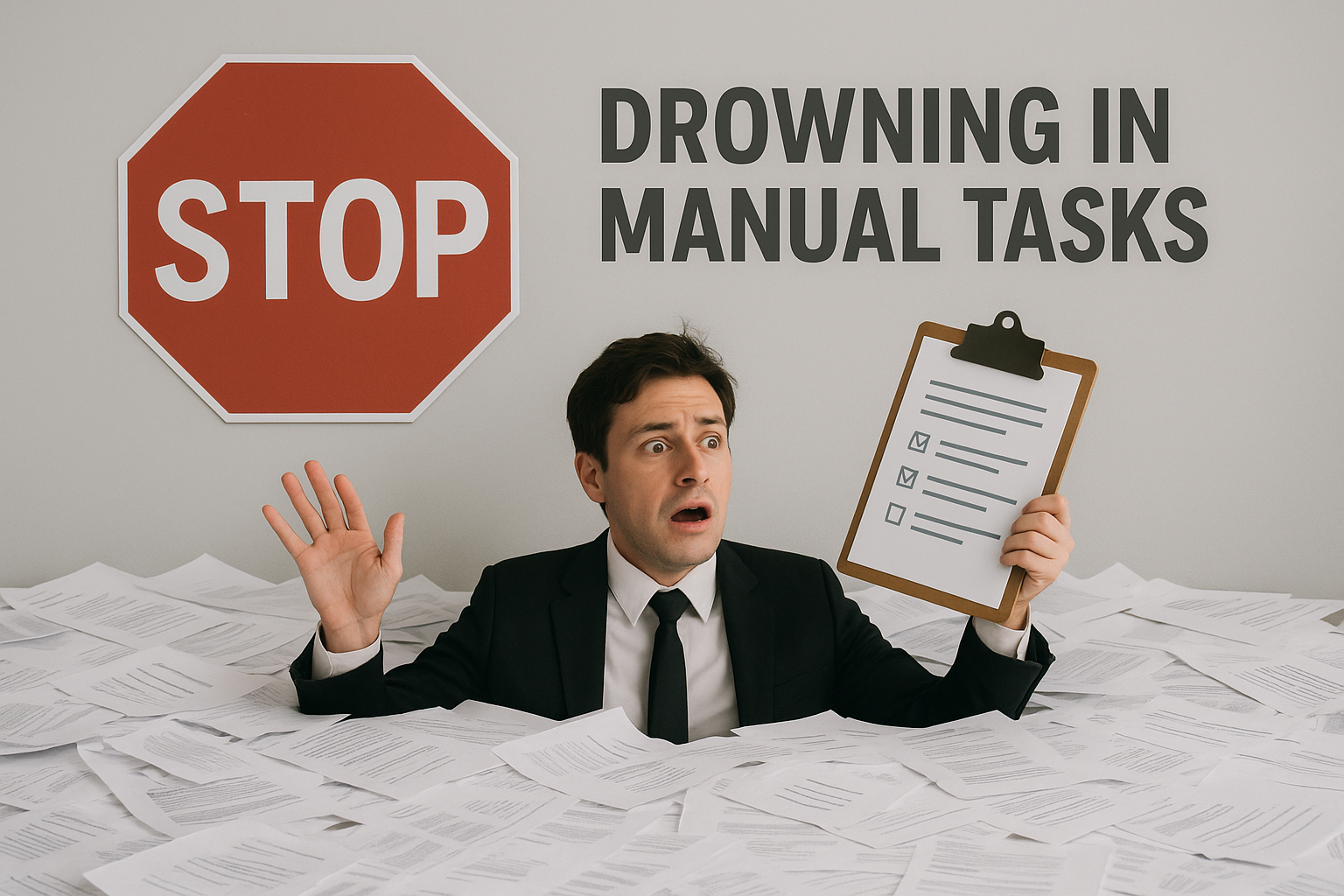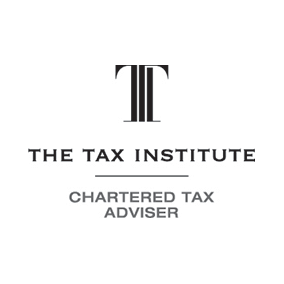Tax implications of having more than one job

If you have more than one job, whether it be casual, contract or some other arrangement, you will need to be careful to avoid an end of financial year tax debt. The debt usually arises in situations where individuals with more than one job claim the tax-free threshold in relation to all the employers, resulting in too little tax being paid. To avoid that, you need to look carefully at how much you will be making and adjust the PAYG withheld accordingly. Remember this also applies to those receiving a taxable pension/government allowance with a part-time job.
With insecure, contract and casual work becoming increasing common particularly in the current COVID-19 affected economy. It is no surprise that many young and not so young Australians may have income from more than one job. If you are working two or more jobs casually or if you have overlapping contract work, you need to be careful to avoid an end of financial year tax debt.
Currently, the tax-free threshold is $18,200, which means that if you’re an Australian resident for tax purposes, the first $18,200 of your yearly income is not subject to tax. This roughly equates to $350 per week, $700 a fortnight, or $1,517 per month in pay. When you start a job, your employer will give you a Tax file number declaration form to complete which will allow you to claim the tax-free threshold to reduce the amount of tax withheld from your pay during the year.
The problem arises when you have two or more employers paying you a wage, and you claim the tax-free threshold for all the employers/payers, the total tax withheld from your payments may not be enough to cover your tax liability at the end of the income year. This also applies to those individuals who have a regular part-time job and receive a taxable pension or government allowance.
Hence, the ATO recommends that if you have more than one employer/payer at the same time, you only claim the tax-free threshold from the payer who usually pays the highest salary or wage. The other employer(s)/payer(s) will then be required to withhold tax from your income at a higher rate (the “no tax-free threshold” rate).
Although you may be tempted to claim the tax-free threshold for both employers to have more money in your pocket and less going to the ATO, remember the higher withholding rate reduces the likelihood of bill shock at tax time.
If the total tax withheld from all your employers or payers is more than needed to meet your end-of-year tax liability, the withheld amounts will be credited to you when you lodge your income tax return, resulting in a tax refund. However, where the tax withheld does not cover the tax you need to pay, you will have to make a payment to the ATO.
The only situation in which you could comfortably claim the tax-free threshold for more than one employer/payer is if you’re certain your total annual income from all your payers will be $18,200 or less. If you decide to claim the tax-free threshold for all your payers but later realise that your total income will be above $18,200 for the year, you can provide one or more of your employers with a withholding declaration to stop claiming the tax-free threshold so you can ensure that you won’t have a large tax bill at the end of the year.
Conversely, if the income from your employers/payers was originally to be more than $18,200 for the year, but a change in circumstances (whether it be your own circumstances or factors affecting your employers) meant it would be less than that. You can complete and lodge a PAYG withholding variation application to reduce the amount of tax withheld from your payments so you’re not disadvantaged by the current withholding rates.
Not sure what to do?
If you have two or more jobs/incomes, whether it be casual, contract or receive a pension along with employment, care needs to be taken to ensure that you’re not subject to a big tax bill at the end of the financial year. We can help you figure out the optimal amount to be withheld so you have enough money for now and not have a tax bill later. Contact us today.
Email us at Robert Goodman Accountants at reception@rgoodman.com.au . © Copyright 2021 Thomson Reuters. All rights reserved. Brought to you by Robert Goodman Accountants.









